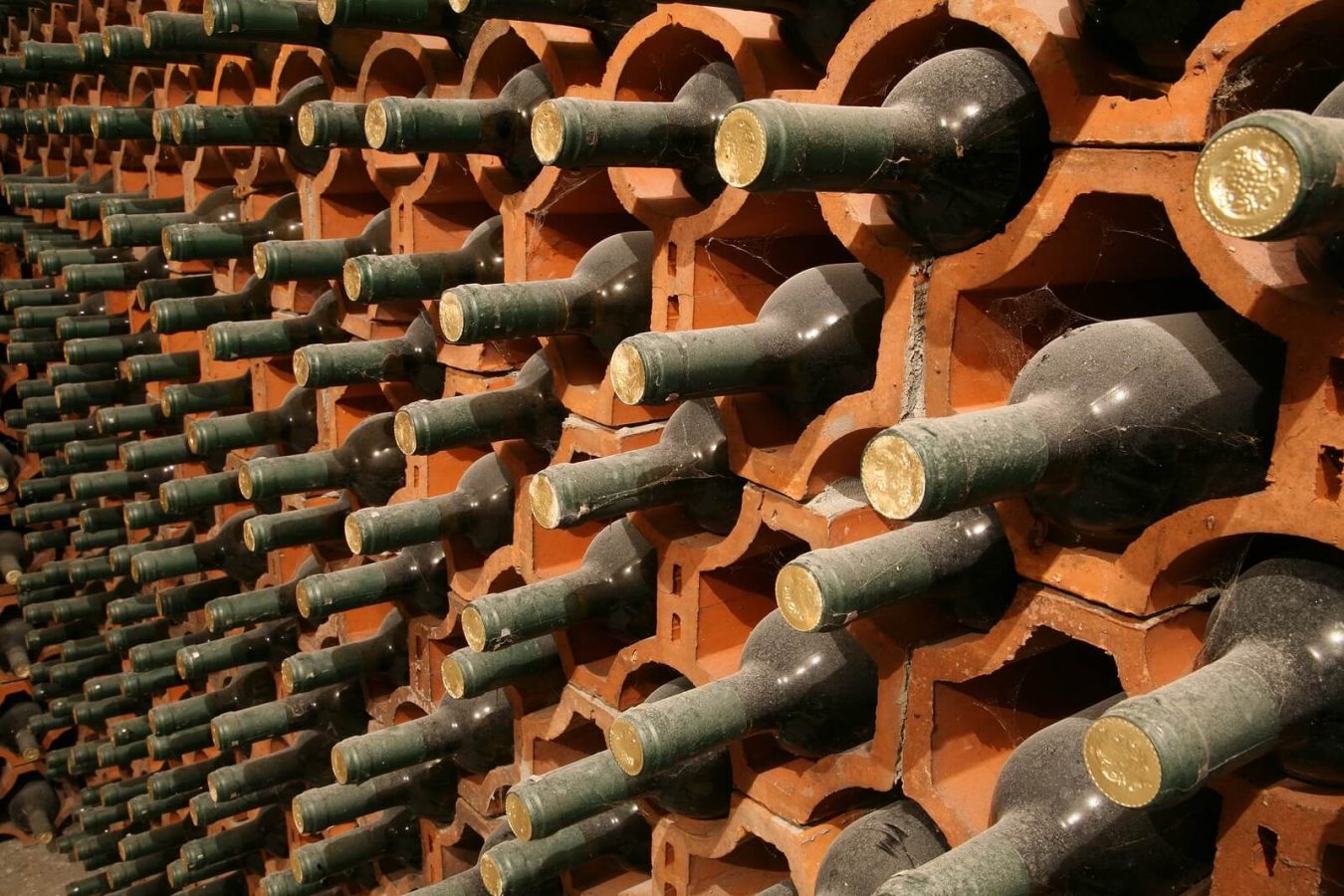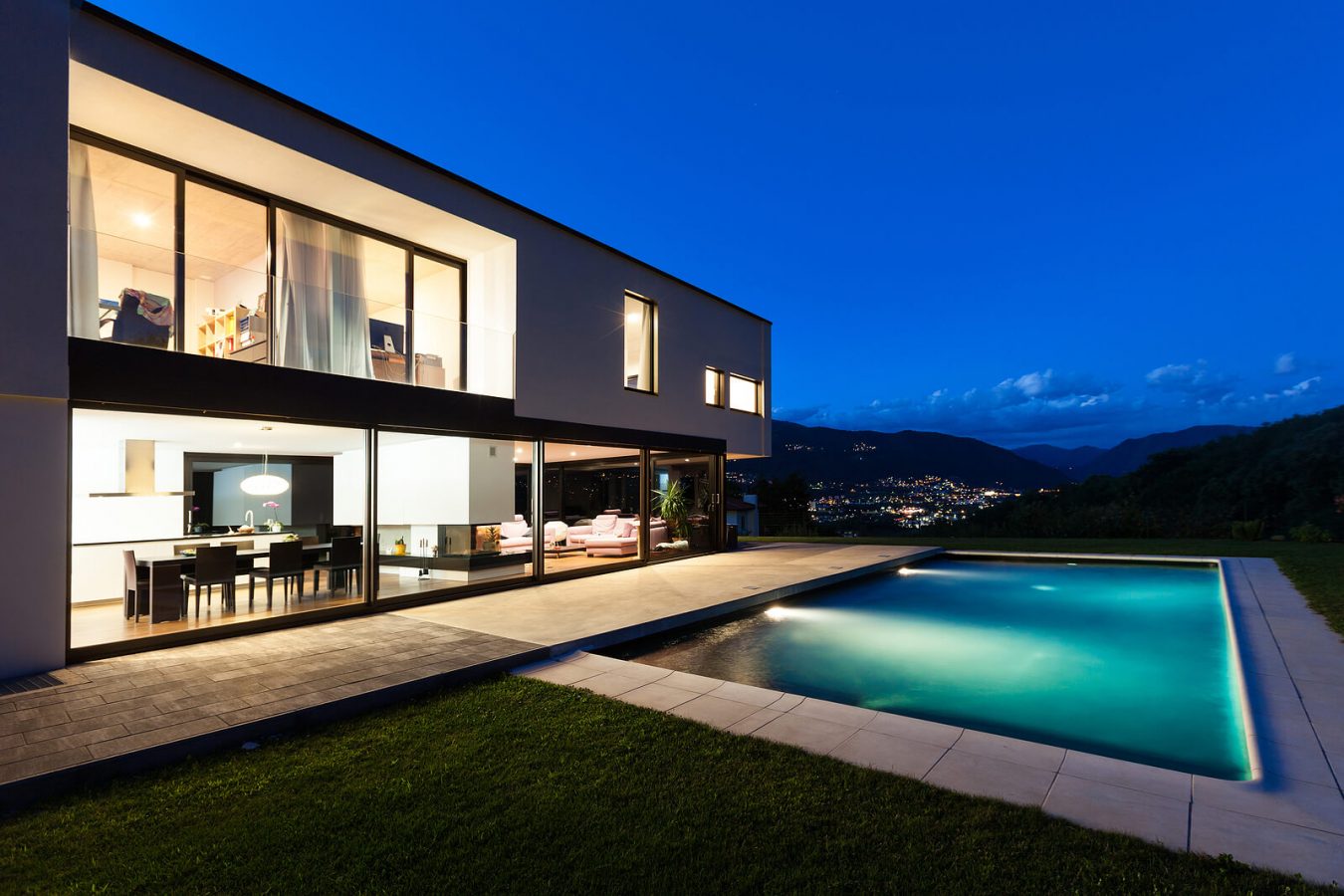Nestled on one of the Istrian hilltops, the medieval town of Motovun offers one of Croatia"s most unique and delicious experiences, the Motovun Truffle Festival. Held annually, this festival is a tribute to the region’s rich truffle heritage. This rare and luxurious culinary delight has put Istria on the map for food lovers across the globe.
Istria’s Truffle Tradition
The Istrian Peninsula, located in the northern part of Croatia, is one of the world"s top regions for truffles, alongside Italy’s Alba and France’s Perigord. Truffles thrive in the damp, rich soils of the Istrian forests, particularly around the town of Motovun, which has become synonymous with these prized fungi. Known for both white and black truffles, Istria offers a diversity of flavours that attract chefs, restaurateurs, and food enthusiasts from around the world.
The truffle season in Istria runs from September through November, making the Motovun Truffle Festival perfectly timed for the peak of white truffle harvesting. The festival showcases this revered ingredient through various activities that celebrate local culture, cuisine, and tradition.

Festival Highlights
The Motovun Truffle Festival offers multiple events to showcase truffles in all their glory.
One of the festival"s main attractions is witnessing firsthand how these elusive fungi are found. Expert truffle hunters, accompanied by specially trained dogs, take festival-goers into the nearby forests to observe this interesting practice of truffle hunting. It’s an art passed down through generations, and seeing it up close adds a level of appreciation for the difficulty and expertise involved in sourcing this gastronomic treasure.
Throughout the festival, truffle tastings are offered at various stalls and venues in Motovun. Cooking demonstrations are also a festival favorite, as chefs share tips and techniques for incorporating truffles into everyday meals. These sessions are a wonderful way to learn how to use truffles in your cooking and bring a piece of Istrian cuisine back home with you.
In addition to truffles, the Motovun Truffle Festival celebrates the broader culinary heritage of Istria. Local food producers display an array of products that complement truffles beautifully. Olive oils, wines, cheeses, and cured meats are just a few of the regional specialties you can sample and purchase at the festival. Each product reflects the unique flavors of the Istrian terroir and serves as a perfect souvenir for food enthusiasts.
Local restaurants, cafes, and wine bars come alive during the festival, offering special truffle menus and Istrian wines to enjoy while overlooking the breathtaking landscape. In particular, wines from the Malvasia and Teran grapes are the perfect companions to truffle dishes, providing a taste of Istria’s winemaking tradition.
Where to Stay: Villsy Villas in Motovun
For those planning an extended stay during the festival, Villsy Villas offers the perfect accommodation option. Villsy provides a selection of luxury villas in and around Motovun, allowing you to fully immerse yourself in the beauty of Istria while enjoying the comforts of a private villa. Whether you"re travelling with family, and friends, or on a romantic getaway, the villas offer an ideal base from which to explore not only the festival but also the surrounding areas of Istria.

Exploring Istria Beyond the Festival
While the Motovun Truffle Festival is undoubtedly the highlight of the autumn season, there is much more to explore in Istria. The region is known for its rolling hills, vineyards, olive groves, and stunning coastline. Visitors can explore other medieval towns like Grožnjan and Buje, or venture to the coastal city of Poreč for a taste of Istria’s seaside charm. Wine lovers can also embark on a wine-tasting tour of Istria’s many vineyards, where Malvasia and Teran wines reign supreme.
For those with a passion for food, a visit to Istria is incomplete without indulging in the region’s rich culinary offerings. From fresh seafood to traditional pastas and olive oils, Istrian cuisine is a reflection of the area’s rich history and culture, shaped by influences from Italy, Austria, and the Balkans.